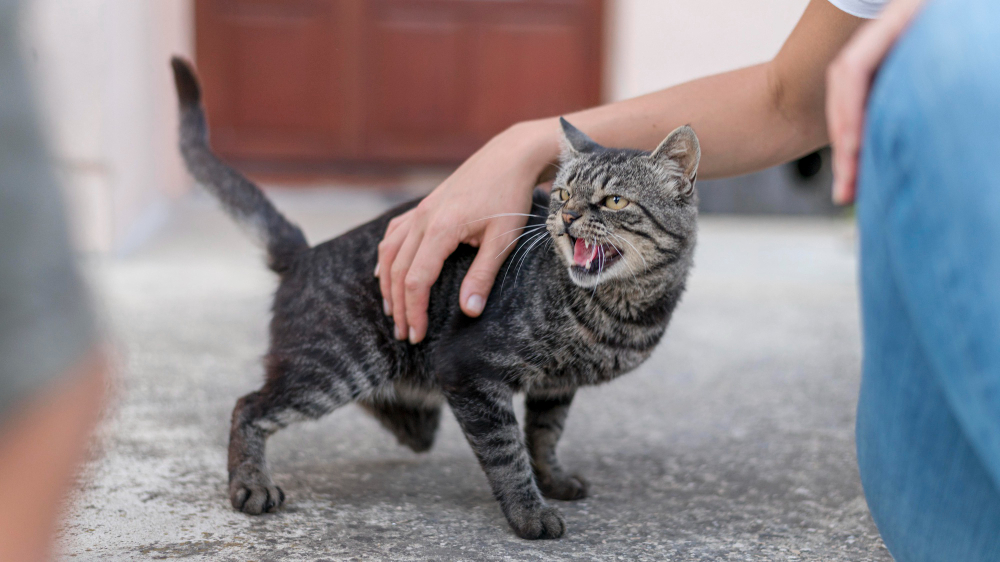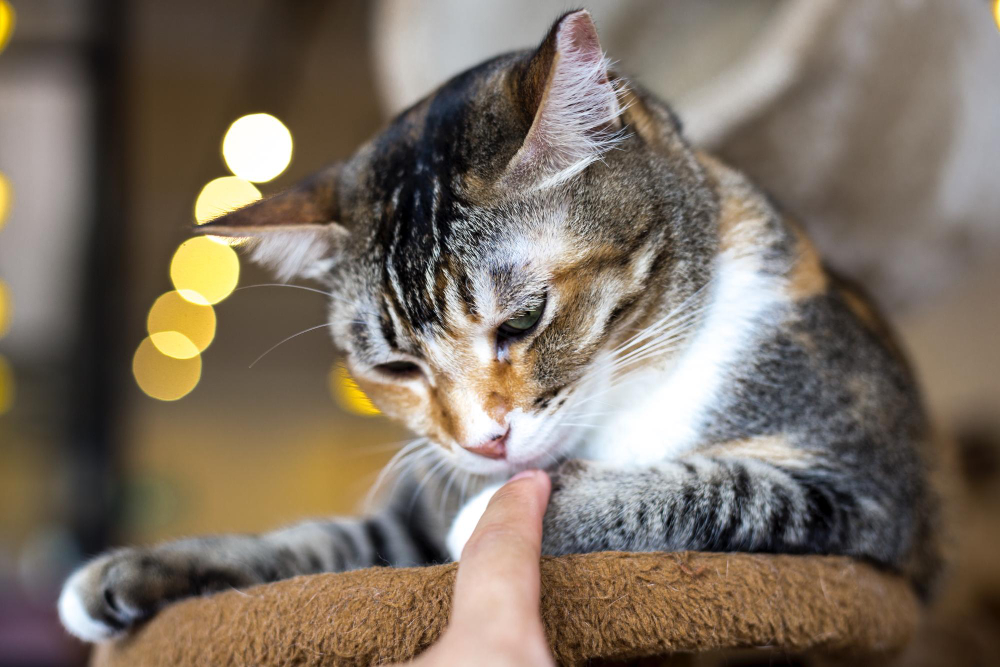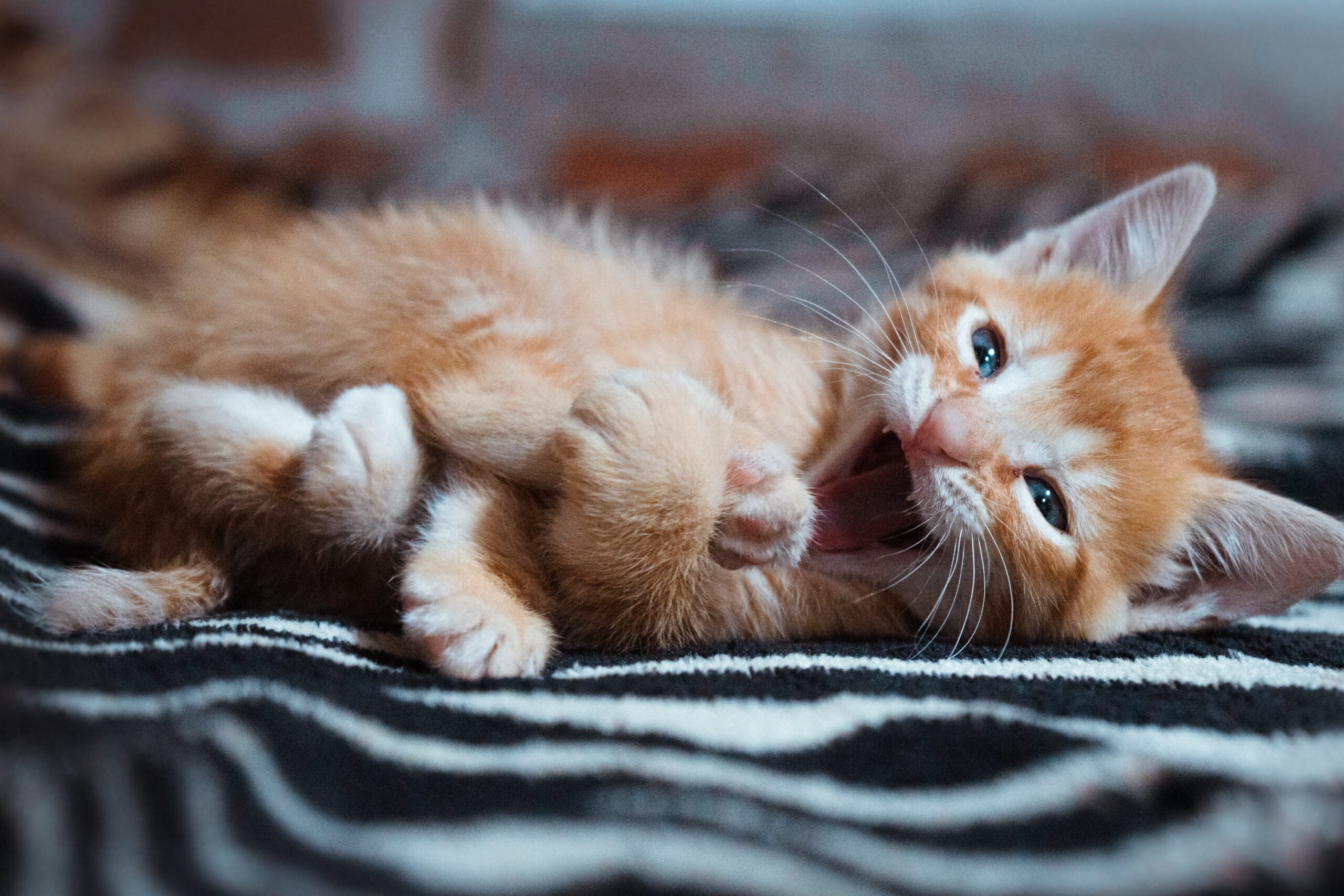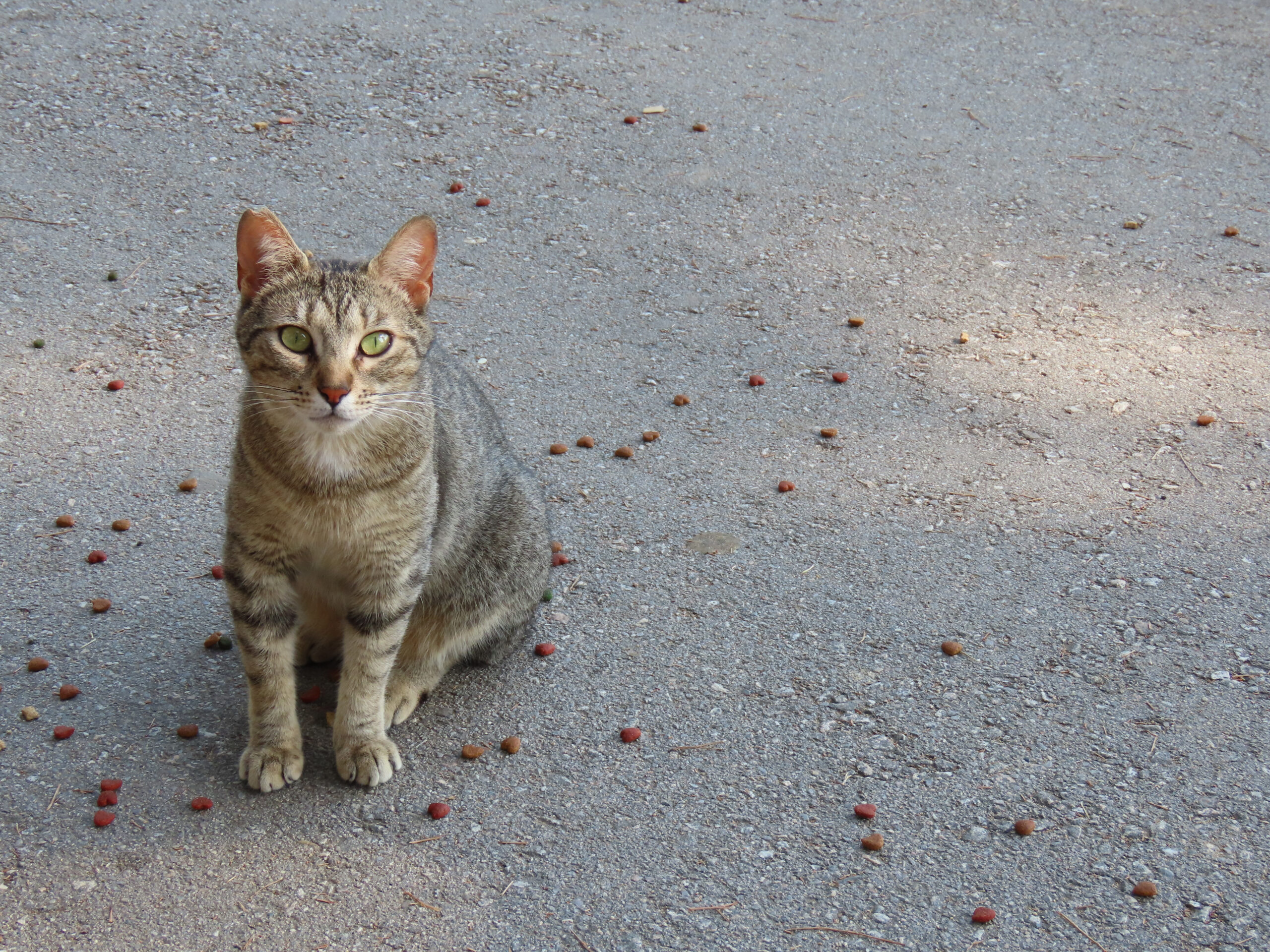Common Cat Behavior Problems and How to Solve Them
Each cat creates its own little world, filled with different moods. However, changes in your loving and active Cat behavior Problems may indicate a cat’s behavior, which require further treatment. Often, there will be a slight change in your pet’s daily routine or attitude, which could indicate that your cat is stressed, in discomfort, or has health issues. Identifying and addressing cat behavior issues should begin early on, allowing you to keep your cat happy, healthy, and psychologically stable.
Cat Behavior Problems: Signs Your Cat May Be Struggling
Cats are sensitive and intelligent animals, but sometimes their behavior is louder than words. If you have happened to notice strange habits or sudden attitude changes, this might be facing a cat behavior problem.
Understanding these early behavioral problems in Cats will not only help protect their emotional well-being but also in strengthening your bond with them. Below are some of the most common behavior changes in cats, what they mean, and how you can help.
1. Hide or avoid everyone.
If your cat has suddenly moved under the bed or is avoiding family members, it could be anxious, scared or injured. Cats tend to hide when they are stressed by stress such as loud noises or sudden changes in the home.
Tip: Create calm zones for your cat, and make sure it always has a safe place to hide.
2. Over-Grooming or Ignoring Hygiene
Cats groom for hours, but when this is excessive, to the point of bald spots or redness of the skin, that is a sign of emotional stress or allergies. On the other hand, if your cat stops grooming altogether, it might be depressed or uncomfortable.
Tip: Pay attention to your cat’s coat condition, and discuss any changes with your veterinarian.
3. Litter Box Problems
A common cat behavioural issue is when your cat stops using the litter box and decides to go somewhere else in the house. Typically, this occurs when a cat is stressed out, the litter box is not clean enough, or there is an underlying health issue.
Tip: Scoop the litter box daily, keep it in a quiet and hidden spot, and have one box for each cat, plus one extra. Unscented litter may also make your cat feel more comfortable.
If your cat seeks hidden or enclosed places when stressed, you might find our guide on Why Cats love Boxes helpful to understand their comfort-seeking behavior.
4. Spraying or Marking Indoors
Spraying walls or furniture may appear to be bad cat behaviour, but it is your cat’s way of expressing territory and emotion.This behavior is mostly triggered by changes in household scent or environment.
For practical ideas on minimizing stress and Aggressive behavior, check out our article on Creating the Perfect Indoor Environment for your Cat
5. Aggression or Withdrawal
A cat that is normally friendly may develop fear, frustration, or pain and begin hissing, biting, or avoiding all contact. Hiding, avoidance of play, or not eating also can be signs of distress.
Punishment should be avoided. Instead, look for environmental triggers of the behavior; consult a vet or animal behaviorist.
6. Changes in Appetite and Sleep
When cats have sudden changes in eating and sleeping habits, they can be early signs of health and behavior problems. Not eating, eating too much, being hyper, sleeping too much, or sleeping too little can all mean they are anxious and in distress.
Tip: Use smart tools like the PawrPose AI Pet Mood Tracker to track changes in behaviour and maintain consistent feeding times.
7. Attention Seeking Behaviour or Excessive Meowing
If your cat has suddenly increased its vocalisations, it may be seeking attention, food, or love. In certain situations, an increased meow may suggest dissatisfaction. Try to spend more time with your cat and offer it with unique

How to Keep Your Cat Healthy and Happy
Equally important as identifying and remedying issues related to problematic behavior is the need to concentrate on the overall well-being of your cat as fundamental to stress management. A properly maintained and well-cared-for cat will be less of a candidate for negative stress behavior and other issues as well.
Begin by ensuring that the space remains peaceful and hygienic. Providing fresh drinking water, a comfortable resting area, and a properly cleaned litter box are key components that create a positive atmosphere. Frequent grooming sessions become a vital source of mutual companionship as much as they maintain your cat’s physical hygiene.
Encourage play and exercise with engaging, Interactive Cat Games, which can help reduce depression and anxiety. You can also occasionally give Nutritious cat treats as rewards during training or bonding sessions.
For a stress-free living space, learn How to Make Your Home Cat Friendly add scratching posts, climbing shelves, and hiding spots where your cat feels safe.
A happy home, gentle care, and regular visits to the vet will prevent cat behavior problems from happening in the first place. With love, patience, and mindfulness in routine activities, you nurture a calm, confident, and truly happy cat.
Understanding Cat Behavior:
Feline emotional reactions are noticeably less pronounced than those shown by dogs. Still, a cat’s behaviour and vocalisations convey a variety of moods. By observing how a cat expresses emotions, you would determine a cat’s likes, needs, signs of emotional or physical pain, and sickness.
Common Behavior problems in cats and What They Mean
Chattering:
When observing a bird or a squirrel, a cat’s chattering usually suggests a joyful or somewhat dissatisfied reaction because the cat is unable to catch its prey.
Rubbing:
Cats rub their heads or bodies against their owners. While they are showing affection but they are also claiming their owners, marking their territory, and reinforcing the cat’s protective behavior , they have smelly glands on their faces.
Bringing Gifts:
Outdoor cats are natural hunters. If they bring a hunted item to you, they are sharing their triumph with you, their primary human.
Eating Non-Food Items:
Diagnosing anxiety or boredom can prove challenging in cats. If they frequently chew or consume non-food items, like plastic or fabric, visit a veterinarian. If this happens often.
Kneading:
Kneading, or “making biscuits,” helps cats demonstrate relaxation. They express emotional “thanks” whenever they achieve a happy state.
Other Interesting Cat Habits
- Cats love tight spaces because small areas make them feel safe and secure.
- Slow blinking is like a “kitty kiss” a sign of trust and affection.
- Using the bathroom outside the litter box can be a sign of stress, territory issues, or medical problems.
- If your pet is acting more hyper and active at night, it could be a sign of ‘zoomies.’ This means you might want to introduce more interactive play before they sleep.
- Ear and tail movements reveal a lot of twitching ears show anxiety, while upright ears mean curiosity.
- A cat’s comfort is signified by rolling onto its back, and it is also an invitation to play.
- Cats prefer drinking from running water, which is a natural behavior.
- During play, a cat’s focus and excitement are indicated by a twitching tail.
Creating a non-stimulating setting helps to develop and/or maintain challenging behaviors. Safe locations, soft beds, and interactive games are all activities that can contribute to a happier environment (and, ultimately, your cat’s attitude).
Understanding these behaviors promotes strong interactions and, most importantly, ensures that a cat feels protected, loved, and understood.
Final Thoughts: Understanding and Solving Your Cat’s Behavioral Issues
Each cat is unique, and variations in a cat’s behavior and habits might suggest that a cat is having some difficulties. Cat behavior problems like litter box aversion, aggression, and incessant vocalization can, in most situations, be easily remedied. Small adjustments like environmental calming, increased playtime, and more structured schedules can be very helpful. Close monitoring enables you to recognize and adjust to some of the early signs of a cat’s mental health distress and the distress signals requiring your prompt intervention.
Every problem your cat shows has a root and a resolution. The answer consists in caring and balancing and employing targeted methods to fix cat behaviour problems . To get rid of behaviors that prevent function, be caring and kind within bounds. This will significantly enhance the quality of life for both you and your cat.
Download Pawrpose now.
Make pet parenting more intelligent, empathetic, and impactful with Pawrpose the AI App for Pets Whether you’re addressing cat behavior challenges, understanding cat behavior challenges, or simply making your furry friend happier, Pawrpose is there to help you. Be part of the movement that is changing the way AI supports pet care in the future making every moment matter, one paw at a time. Enhance your pet parent experience with Pawrpose, available now on Google Play Store and App Store
FAQs:
What are common cat mental health issues?
Common mental health problems in cats include anxiety, depression, and stress. These problems can occur due to changes in their routine, lack of stimulation, and feelings of loneliness. Considering a cat’s emotional health can help avoid future behavior problems.
What are the most common domestic cat behavior problems?
Domestic Cat Behavior problems may consist of scratching furniture, aggression toward other pets, excessive vocalization, and litter box avoidance. These problems stem from boredom, fear, or stress within the environment. Understanding the cause of the behavior is the first step toward resolution.
How can I fix behavior problems in cats naturally?
To address behavior issues in cats, create a consistent routine and offer stimulating toys along with fun playtime. The best approach is positive reinforcement, as punishing the behavior will only lead to more issues.
What are common cat behaviors and what do they mean?
Common Cat behaviors include purring (relaxed), hissing (fear), and kneading (happy). Learning the meanings of these behaviors enables cat owners to recognize the early signs of stress or other dysfunctional behaviors. These signs can be corrected.
What triggers aggressive behavior in cats?
Fear, pain, or guarding territory may trigger aggressive behavior in cats. You can alleviate the problem by providing a safe environment, places your cat can hide, and seeking appropriate veterinary advice.












